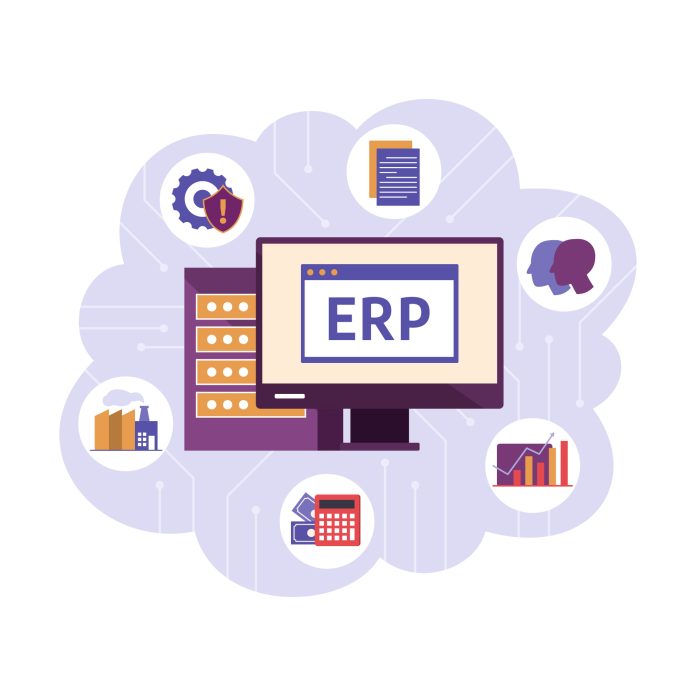In the fast-paced world of business, making quick, informed decisions is key. Traditional Enterprise Resource Planning (ERP) systems have long managed core operations. However, a revolutionary technology is now taking ERP capabilities to a new level: digital twins. This powerful mix of virtual replicas and comprehensive business data helps companies gain deeper insights, predict outcomes, and boost performance.
For instance, consider these exciting statistics for 2025:
- The global digital twin market is set to jump from USD 24.48 billion in 2025 to USD 259.32 billion by 2032. Clearly, this indicates a huge increase in adoption.
- Companies investing in digital twin solutions are seeing productivity gains of 30% to 60%. Furthermore, they’re cutting material waste by 20%.
Indeed, these numbers highlight the power of digital twins, especially when linked with strong ERP systems. Today, an ERP software development company isn’t just building transaction systems; it’s creating smart ecosystems that connect the physical and digital worlds.
What Are Digital Twins, and How Do They Boost ERP?
At its core, a digital twin is a virtual copy of a physical asset, process, or system. This digital model gets real-time data from its physical counterpart through sensors, IoT devices, and other sources. Essentially, think of it as a living model. It mirrors the real entity’s performance, behavior, and condition.
When integrated with an ERP system, the digital twin becomes a powerful tool. It helps with:
- Real-time Monitoring and Visibility: Digital twins give an always-on, up-to-the-minute view of operations. This real-time data, combined with ERP’s structured data, offers unmatched transparency. Consequently, you see what’s happening across your supply chain, manufacturing lines, logistics, and more.
- Predictive Analytics and Maintenance: Analyzing past and live data from the digital twin lets businesses predict equipment failures and spot bottlenecks. They can also anticipate maintenance needs. Thus, this shifts operations from reacting to being proactive. It also cuts downtime and costs significantly. For example, an ERP system can trigger automatic maintenance requests based on digital twin insights.
- “What-If” Scenario Planning: Imagine testing a new production schedule. Or changing raw material sourcing. You can do this virtually before trying it in the real world. Digital twins let businesses run endless “what-if” scenarios. This happens in a risk-free virtual space. It helps optimize decisions and reduce risks. Then, ERP manages the resources for these simulated scenarios.
- Optimized Resource Utilization: With precise data on asset performance and future predictions, businesses can use resources better. This includes machinery, personnel, and inventory. Ultimately, it leads to greater efficiency and less waste. ERP systems can use this optimization to improve material requirements planning (MRP) and capacity planning.
- Enhanced Product Design and Innovation: Digital twins help test new product designs and functions virtually. This speeds up prototyping. It also ensures product quality before physical production. Consequently, this constant feedback loop improves product lifecycle management (PLM). PLM is often managed within or linked with ERP.
The Role of ERP Software Developers in India
India is a global leader in software development. ERP software developers in India are driving this digital twin revolution. Their expertise lies in:
- Integrating Diverse Data Sources: Digital twins need smooth data flow. This comes from IoT sensors, SCADA systems, manufacturing execution systems (MES), and more. Indian developers excel at building strong integration layers. These connect disparate systems with ERP.
- Developing Advanced Analytics and AI/ML: To get useful insights from digital twin data, advanced analytics, machine learning, and AI algorithms are vital. Therefore, many ERP software development companies in India are investing heavily here. They build smart modules that predict, optimize, and automate.
- Creating Intuitive User Interfaces and Visualizations: Presenting complex digital twin data clearly is crucial for business users. Developers design user-friendly dashboards and 3D visuals within ERP interfaces. This, in turn, improves decision-making.
- Ensuring Scalability and Security: As digital twin use grows, the ERP system must be scalable and secure. Indian development teams are skilled in cloud-native architectures. They also use strong cybersecurity practices. This ensures handling large data volumes and protecting sensitive information.
- Customizing Solutions for Specific Industries: A manufacturing plant’s needs differ greatly from a healthcare facility’s. Hence, ERP software developers in India expertly tailor digital twin solutions. They meet the unique needs of various industries, ensuring maximum relevance and impact.
Challenges and the Path Forward
Integrating digital twins with ERP systems offers clear benefits. However, it also brings challenges:
- Data Complexity and Quality: Ensuring data accuracy, consistency, and real-time availability from many sources is essential.
- System Integration: Connecting new digital twin platforms with older ERP systems can be complex. Often, it needs strong API strategies and middleware solutions.
- Technical Expertise: Demand is growing for professionals skilled in IoT, data science, AI, and digital twin platforms. Therefore, continuous upskilling is necessary.
- Cost and ROI Justification: Initial investments can be significant. Clear business cases and phased implementations are needed to show value.
To tackle these challenges, ERP software development companies are adopting best practices. These include:
- Phased implementation: Starting with pilot projects to prove value. Then, scaling across the enterprise.
- Modular architecture: Designing ERP systems with microservices. Using composable components for easier integration of digital twin modules.
- Strong data governance: Implementing robust frameworks for data collection, storage, cleaning, and analysis.
- Collaborative development: Working closely with clients. This helps understand their operational needs and tailor solutions.
The Future is Virtually Real
The blending of digital twins and ERP is creating unmatched operational intelligence. Businesses that embrace this synergy will gain a big competitive advantage. They’ll make smarter decisions, cut costs, boost efficiency, and drive constant innovation. Indeed, for any forward-thinking ERP software development company or ERP software developers in India, mastering this integration is vital. It’s no longer just an option. It’s a necessity to power the next wave of digital transformation. Ultimately, the virtual replicas are here, ready to make your business decisions smarter, more proactive, and more successful.

